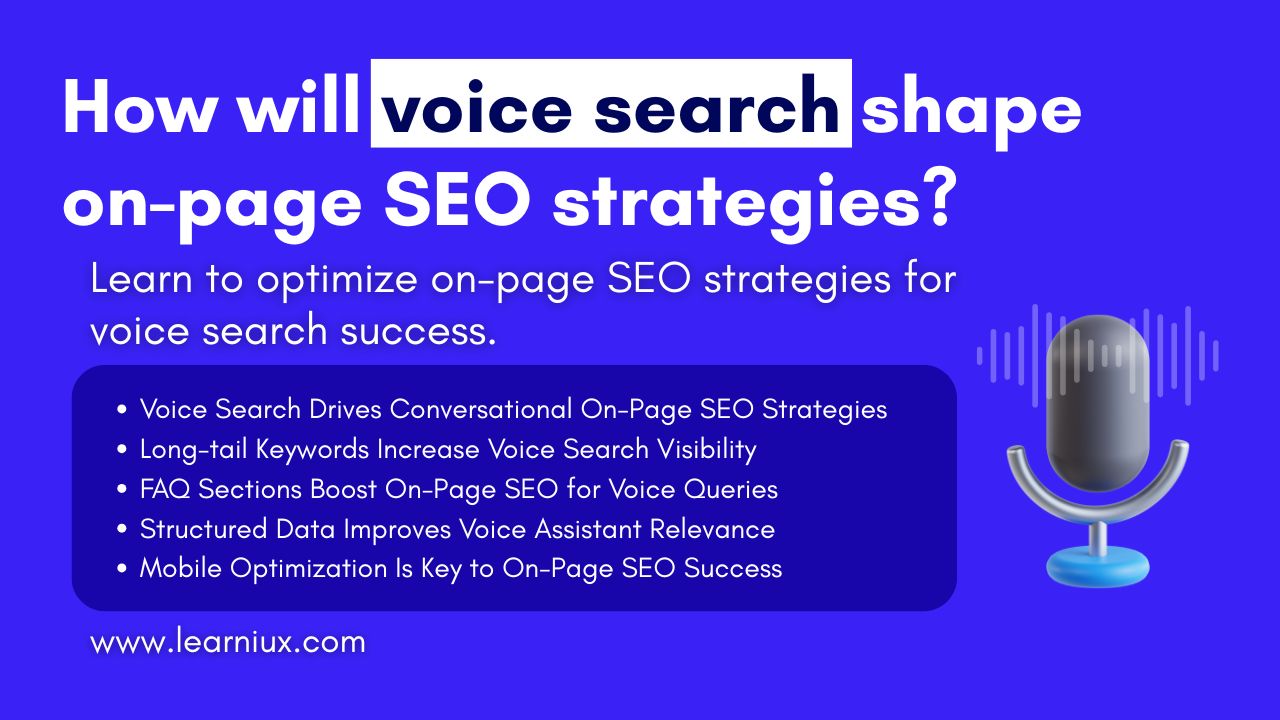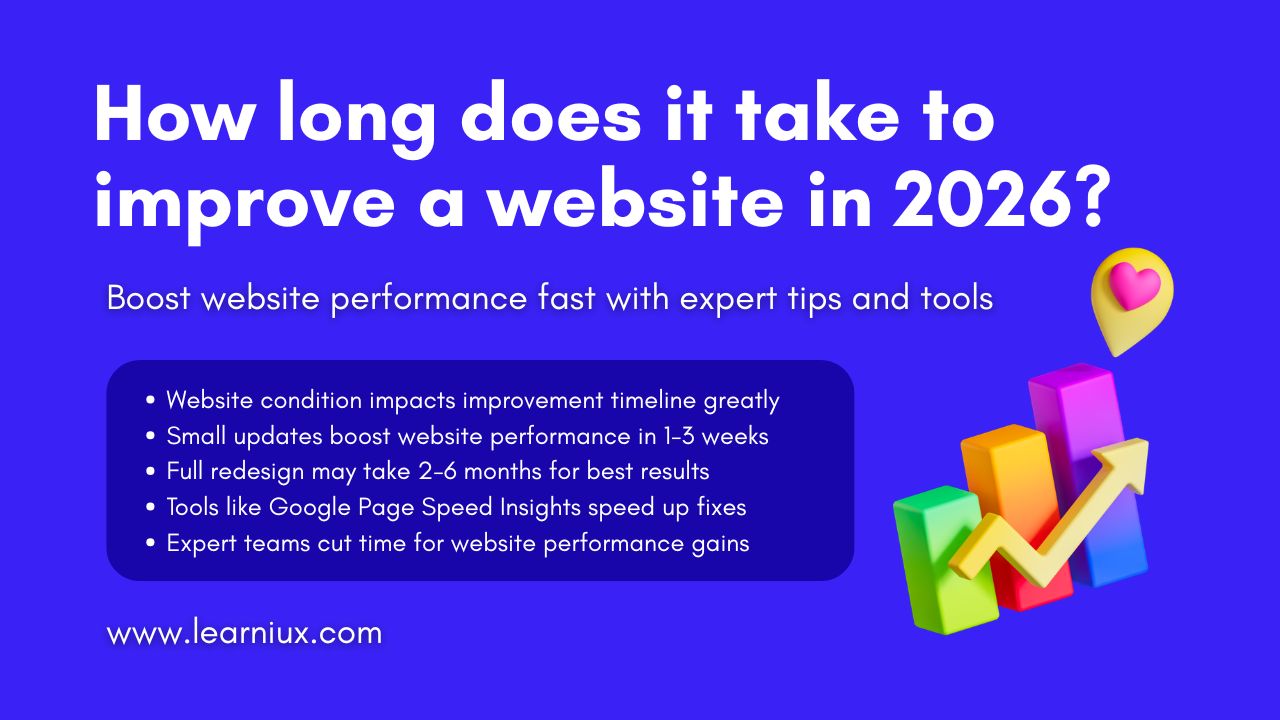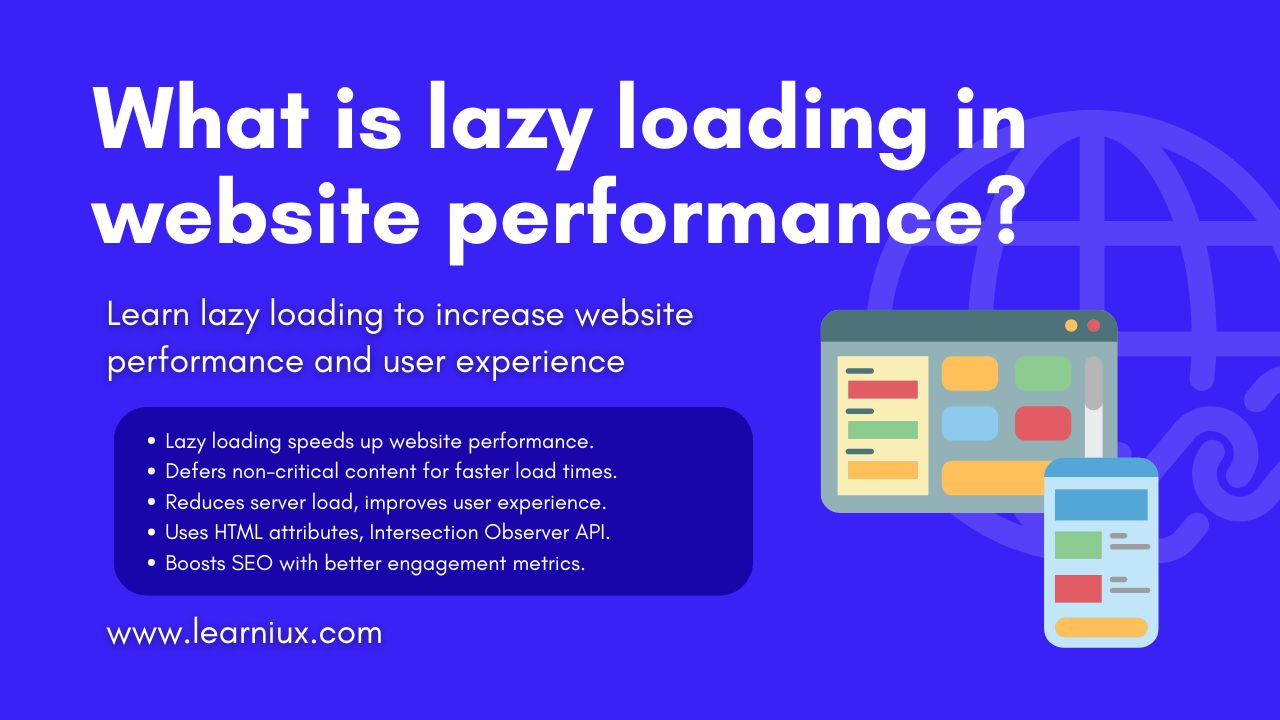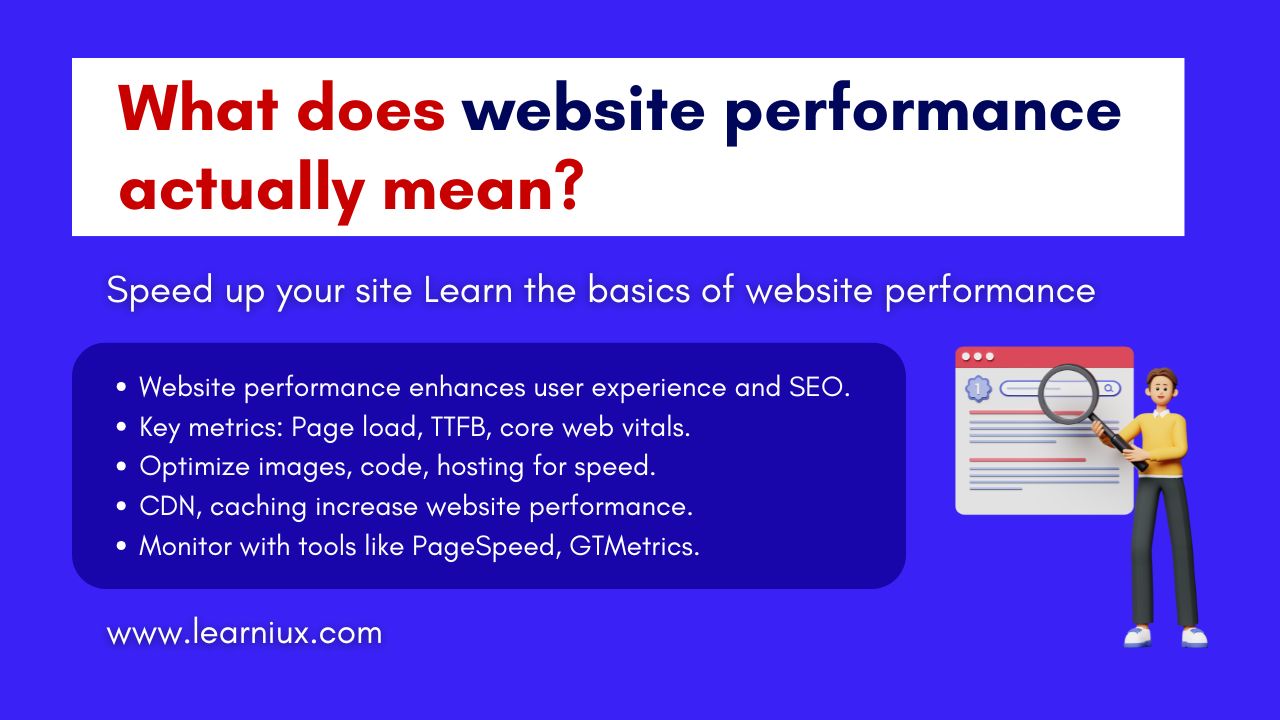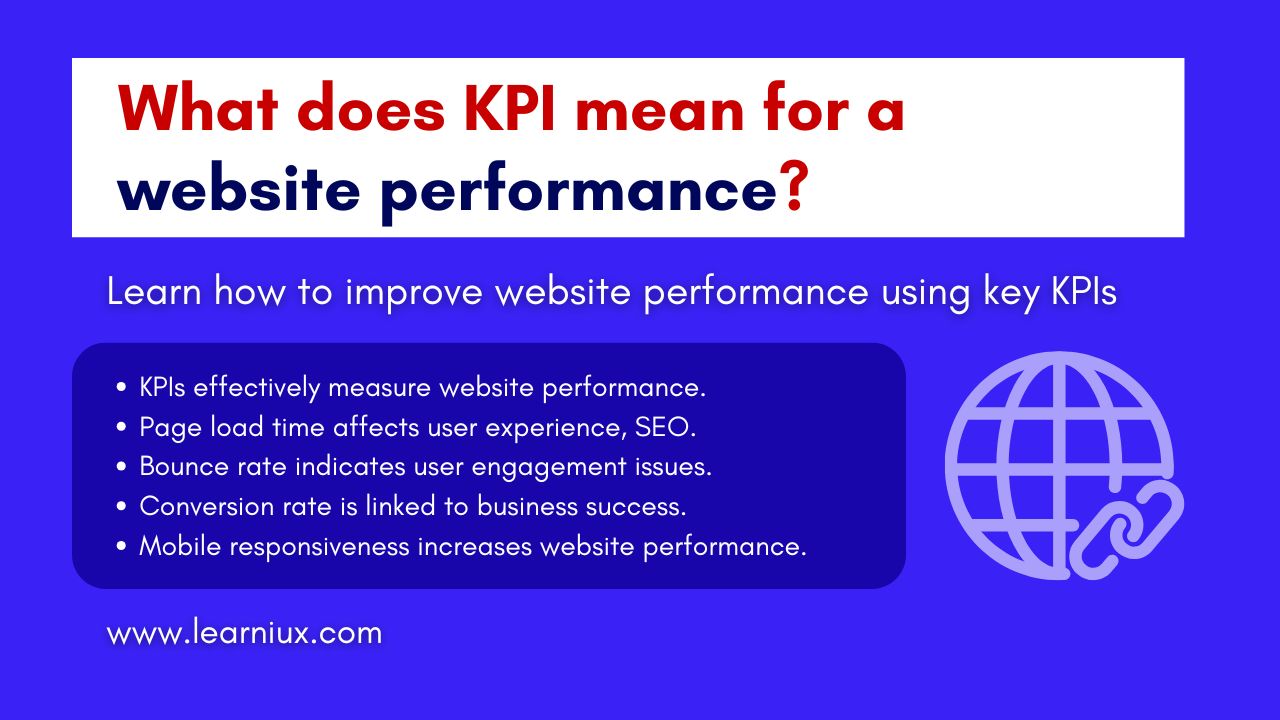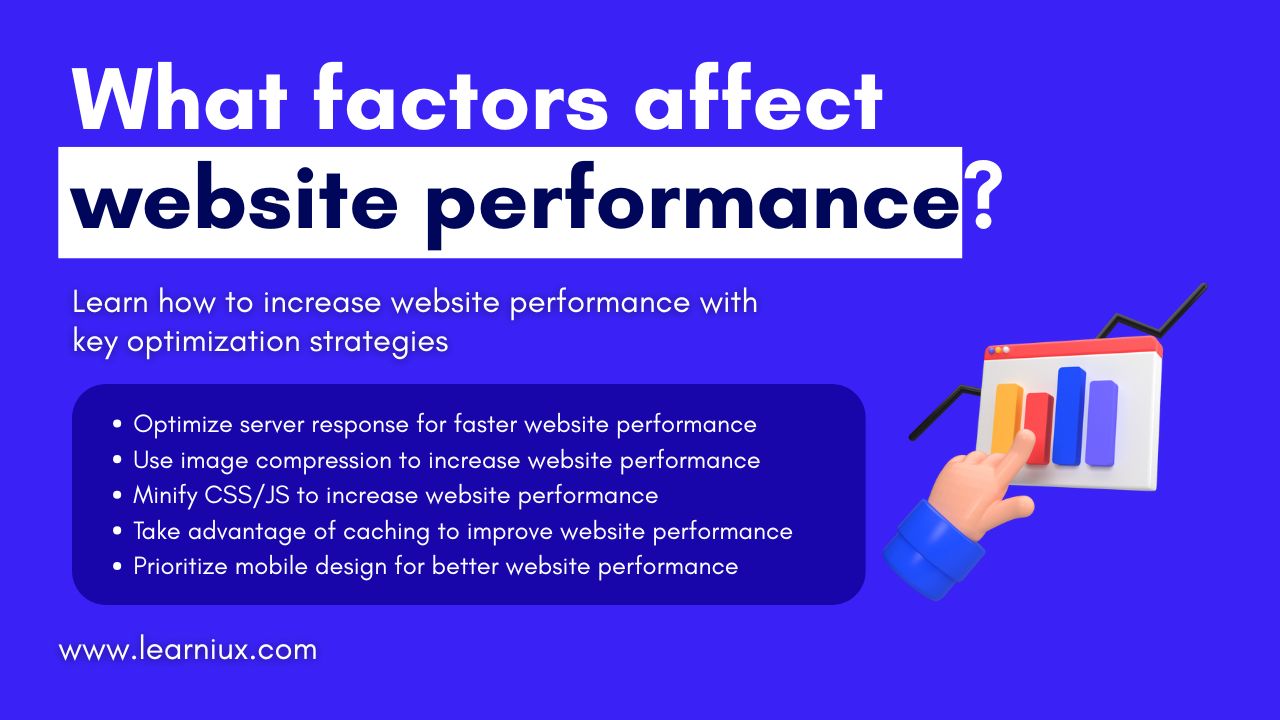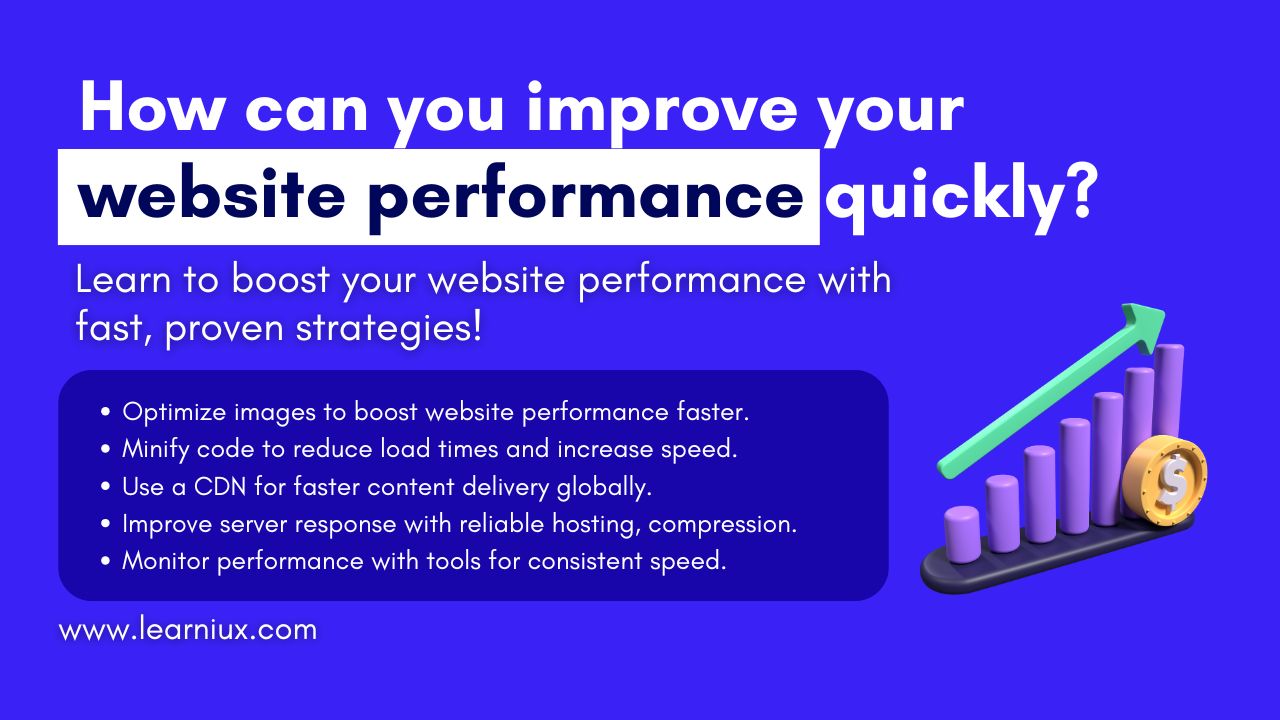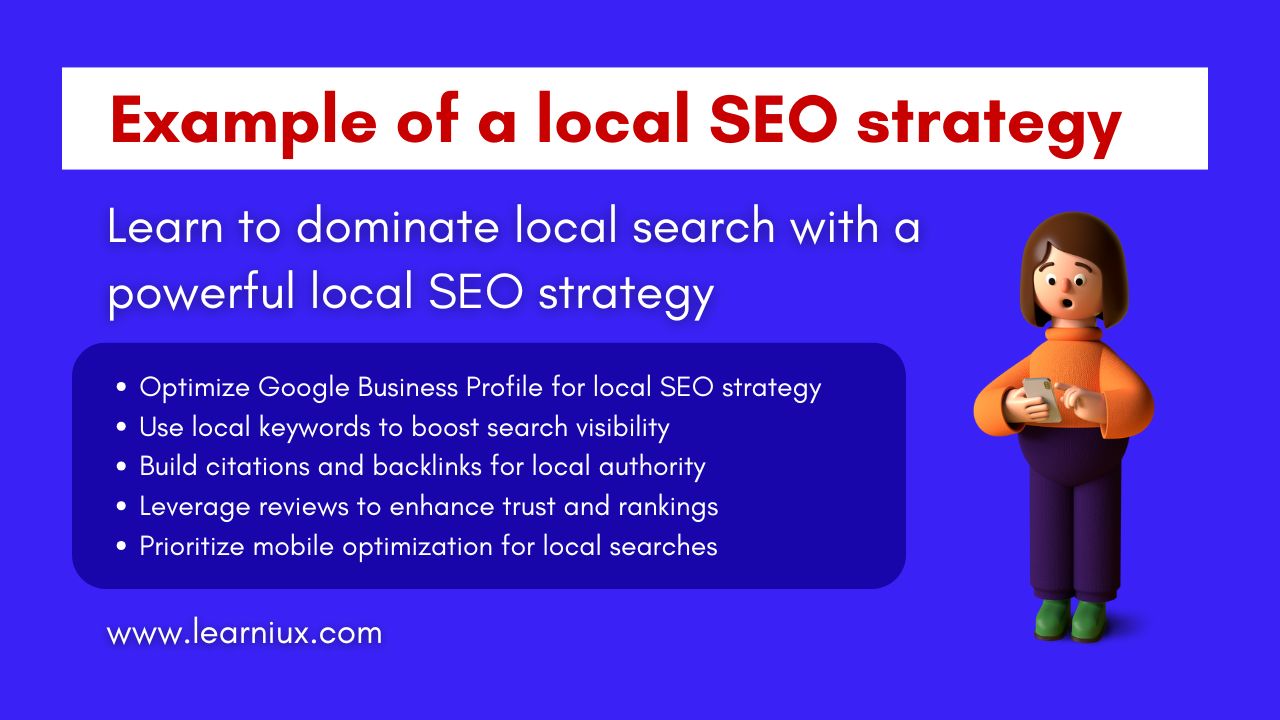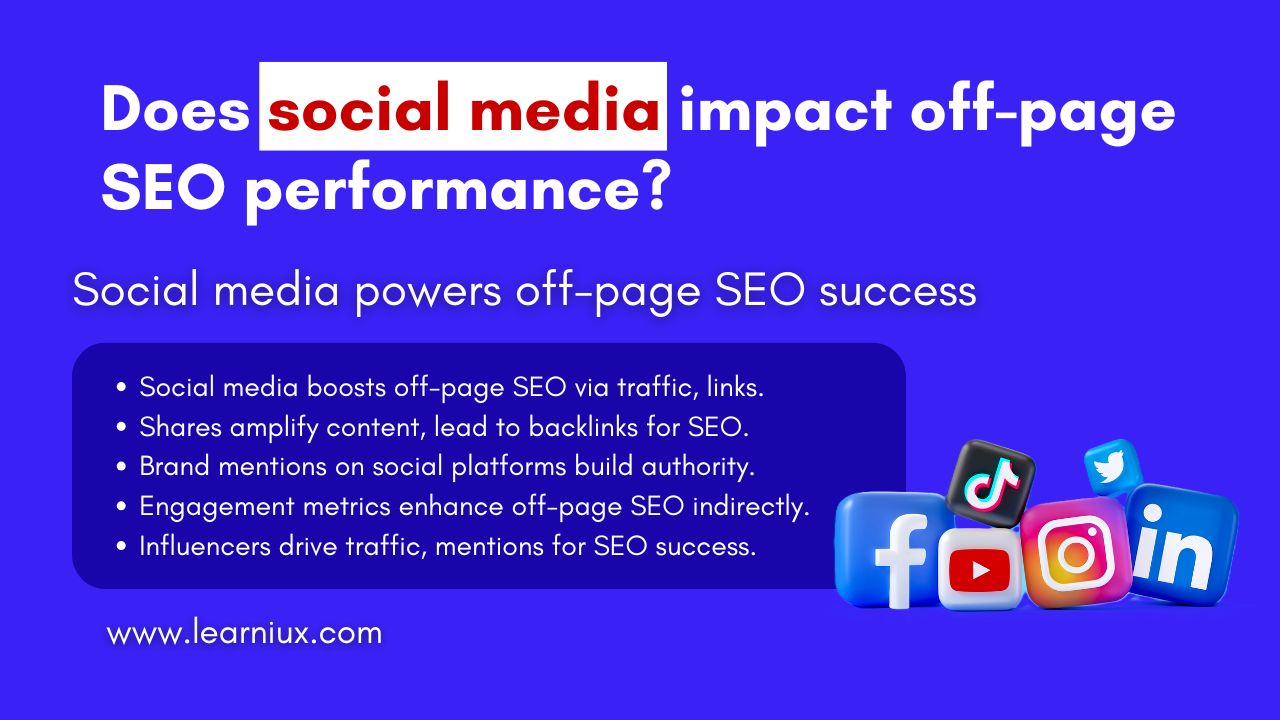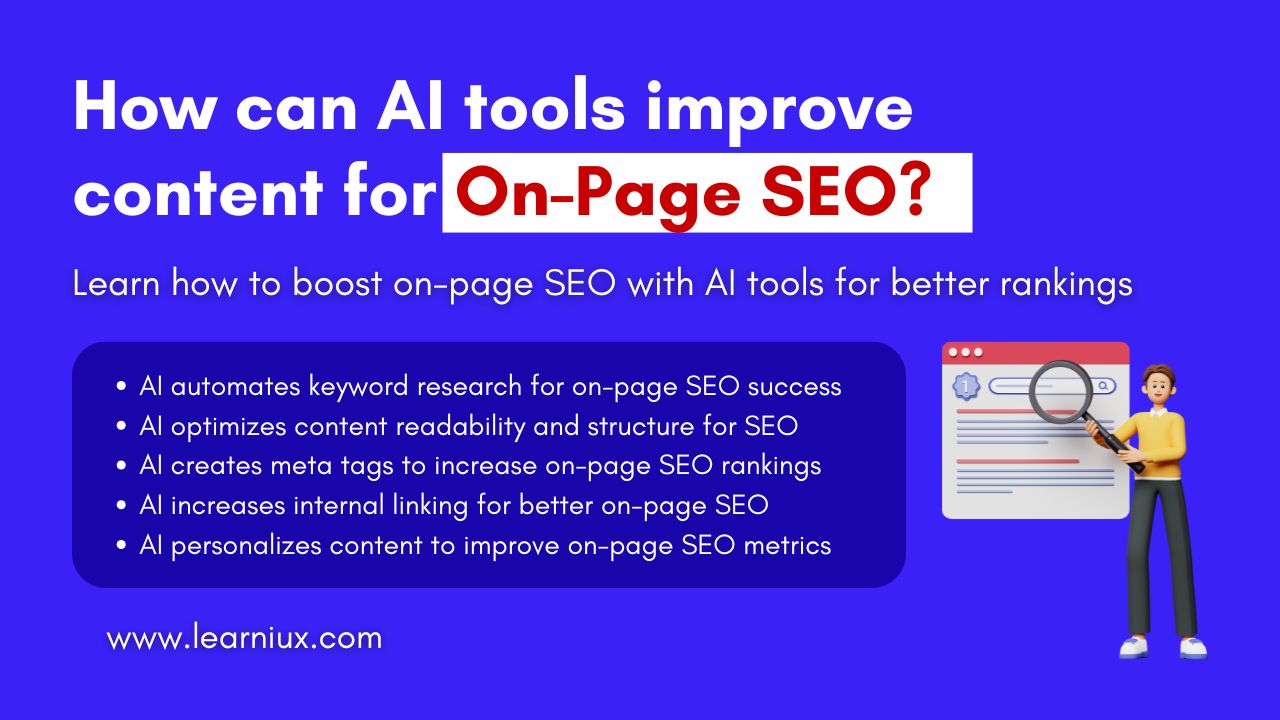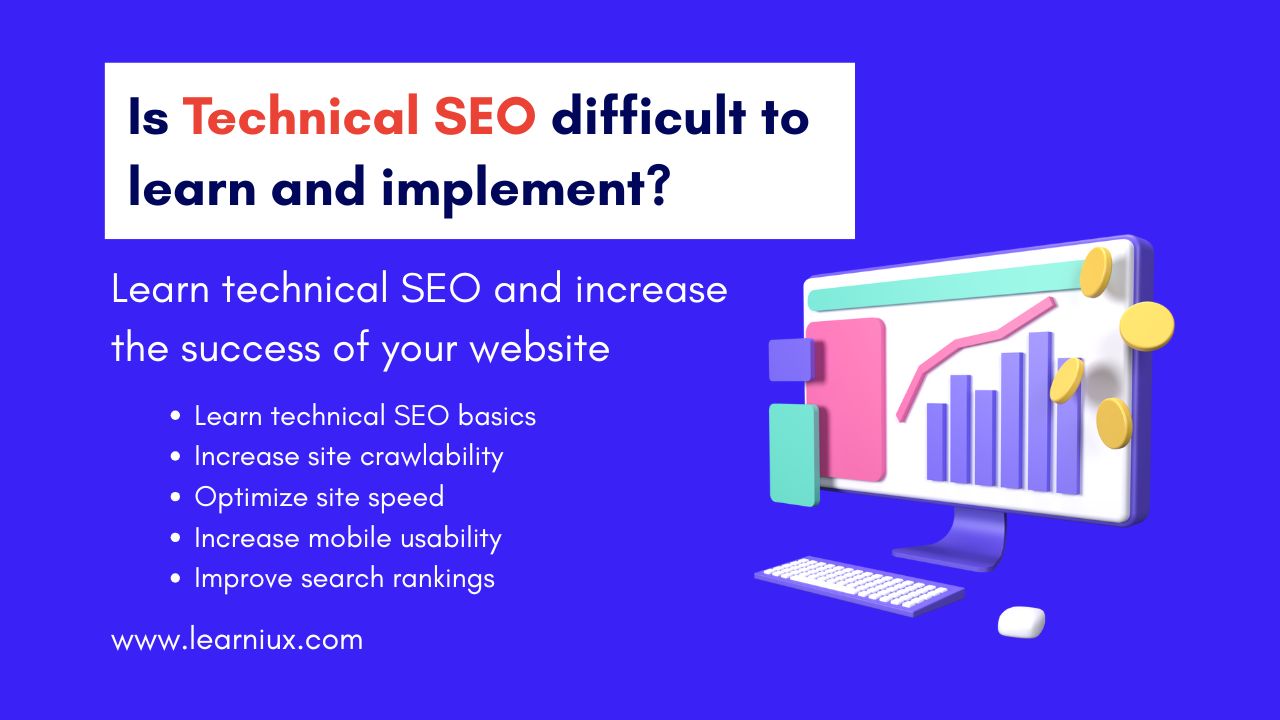Voice search is revolutionizing how users interact with search engines, moving from traditional typed queries to natural spoken conversations. This shift requires a reevaluation of on-page SEO strategies to prioritize factors like conversational language, quick answers, and user intent. As voice assistants like Siri, Alexa, and Google Assistant become household necessities, websites will need to change their on-page SEO strategies to remain visible in voice search results. The rise of voice-activated devices has made optimization for spoken queries a key component of modern SEO.
With billions of devices in use globally, the popularity of voice search is undeniable. Studies have shown that a significant portion of users now rely on voice assistants for everyday tasks, from setting reminders to finding local businesses. This trend highlights the importance of aligning on-page SEO strategies with the nuances of spoken language to appeal to a growing audience. By focusing on natural language processing and user-friendly content, websites can increase their chances of being selected by voice assistants for responses read aloud.
Voice search is not just a trend, but a fundamental shift in user behavior. As more and more people turn to voice-activated devices for quick answers on the page, SEO strategies must evolve to meet these expectations. This article explores how voice search impacts on-page SEO strategies, providing actionable insights for optimizing content structure and technical elements for better visibility in a voice-driven world.
Understanding Voice Search Trends That Impact On-Page SEO Strategies
Voice search queries are significantly different from traditional text-based searches. Unlike typed searches, which are often brief and keyword-heavy, voice queries are more conversational and question-oriented. For example, users who type “best pizza” while speaking are more likely to ask “where can I get the best pizza near me.” This difference requires a shift in on-page SEO strategies to accommodate natural speech patterns.
Recent data shows that more than half of users have experimented with voice search, and a growing number have incorporated it into their daily routines, especially on mobile devices. This trend underscores the need for on-page SEO strategies to focus on question-based keywords and conversational phrases. Voice searches often begin with question words, reflecting how people naturally speak when searching for information.
Another key characteristic of voice queries is their intent-driven nature. Users expect instant, accurate answers, often in the form of featured snippets or direct responses read aloud by assistants. To adapt to this, on-page SEO strategies should prioritize content that directly addresses user questions in a clear, concise manner. Understanding these trends allows businesses to tailor their on-page SEO strategies to meet the demands of voice search users.
Optimizing Keywords for Voice Search in On-Page SEO Strategies
Incorporating Conversational Keywords into On-Page SEO Strategies
Traditional keyword strategies focus on short, high-volume terms, but voice search requires a different approach. Conversational keywords, often in the form of long-tail phrases, are important for on-page SEO strategies that target voice queries. For example, a user might ask what are the top tips for improving on-page SEO strategies instead of typing in SEO tips. Incorporating these natural phrases into content ensures better alignment with voice search intent.
Use tools like AnswerThePublic or Google’s People Also Ask feature to identify conversational keywords. These platforms reveal common questions that users ask, allowing you to integrate them into headings, subheadings, and body text. For example, including a subheading like How to Optimize On-Page SEO Strategies for Voice Search directly targets potential voice queries. This approach increases relevance and increases the likelihood of appearing in voice search results.
Furthermore, conversational keywords should be woven naturally into the content to avoid sounding forced. Pages filled with awkward phrases can hurt readability and user experience, which are important components of on-page SEO strategies. Instead, strive for a balance that reflects how people speak while maintaining clarity and flow.
Long-tail queries and their role in on-page SEO strategies
Long-tail queries are a cornerstone of voice search optimization. Voice searches typically contain more words than typed searches, averaging four to six words compared to one or two words for text queries. This verbosity requires on-page SEO strategies to focus on detailed, specific phrases that capture the full context of the user’s question.
For example, a user might ask, “What is the easiest way to improve my website’s on-page SEO strategies for voice search?” To target this, include long-tail variations like “Easiest Way to Improve My On-Page SEO Strategies” or “Voice Search SEO Tips” in your content. These phrases can also be embedded in meta descriptions, alt text, and image captions to increase visibility.
Mapping traditional keywords to their voice search equivalents is another effective tactic. If your site targets SEO strategies, consider adding voice-friendly variations like “How to Implement Effective On-Page SEO Strategies.” This approach increases your reach by capturing both typed and spoken queries in your on-page SEO strategies.
Content Optimization Techniques for On-Page SEO Strategies in Voice Search
Creating FAQ Sections as Part of On-Page SEO Strategies
FAQ sections are a powerful tool for voice search optimization. They directly address common user questions in a format that voice assistants can easily parse and deliver. For example, a question like what are the best on-page SEO strategies for voice search can be answered concisely in an FAQ section, increasing the likelihood of being selected as a featured snippet.
To optimize your FAQ section for on-page SEO strategies, ideally keep your answers under 29 words to match the typical length of voice assistant responses. Structure your questions using natural language and make sure your answers are clear and to the point. For example:
What are the best on-page SEO strategies for voice search?
Optimize for conversational keywords Use schema markup and create a concise FAQ section to match voice search intent.
This format not only caters to voice search but also enhances overall on-page SEO strategies by improving content relevance and user engagement.
Answer-First Format in On-Page SEO Strategies
Voice assistants prefer content that provides immediate answers. Adopting an answer-first format in your on-page SEO strategies presents important information upfront and then provides supporting details. For example, when explaining how to optimize on-page SEO strategies for voice search, start with a direct answer:
To optimize on-page SEO strategies for voice search, focus on conversational keywords, structured data, and mobile-friendly design. Then expand on details like the importance of long-tail phrases and schema markup.
Use bullet points, numbered lists, or short paragraphs to make your content scannable for both users and AI. This structure helps voice assistants quickly extract relevant information, which increases the likelihood of it being featured in voice results.
Increasing Content Readability in On-Page SEO Strategies
Readability is key for voice search optimization. Voice assistants prefer content that is easy to understand and deliver aloud. Use short sentences and clear phrases in simple language to increase readability in on-page SEO strategies. Avoid jargon or complex words that may confuse users or assistants.
Include transition words like first, next, or last to guide readers and AI through your content. For example, when explaining on-page SEO strategies for voice search, you might write: Target conversational keywords first. Then apply schema markup. Finally, optimize for mobile speed. This design improves comprehension and aligns with voice search expectations.
Technical Improvements for Voice Search in On-Page SEO Strategies
Implementing Structured Data in On-Page SEO Strategies
Structured data using schema markup is a key component of on-page SEO strategies for voice search. Schema types like FAQPage HowTo or LocalBusiness help search engines and voice assistants understand the context of your content. For example, adding the FAQPage schema to a question and answer section signals to Google that your content is voice-friendly.
Use the JSON LD format for structured data because it is widely supported and easy to implement. For example, the LocalBusiness schema can include details like business name, address, and hours so that voice assistants can accurately respond to questions like where the nearest coffee shop is. This technical improvement strengthens on-page SEO strategies by improving content discoverability.
Make sure your schema is error-free and validated using tools like Google’s Rich Results Test. Properly implemented structured data can significantly increase your site’s eligibility for voice search results.
Mobile and Speed Optimization in On-Page SEO Strategies
Since most voice searches occur on mobile devices, mobile optimization cannot be used for on-page SEO strategies. Websites should load quickly, in under two seconds, and offer a seamless responsive design. Slow-loading pages frustrate users and reduce their chances of being selected by a voice assistant.
Optimize for speed-enhancing techniques like image compression, browser caching, and minifying CSS and JavaScript. Tools like Google PageSpeed Insights can identify areas for improvement. Additionally, make sure your site is fully responsive, adapting to a variety of screen sizes, from smartphones to tablets.
Mobile optimization also includes ensuring that clickable elements, such as buttons, are easy to tap and text can be read without zooming. These elements enhance the user experience and align with on-page SEO strategies designed for voice search.
HTTPS and Security in On-Page SEO Strategies
Another important aspect of on-page SEO strategies for voice search is that they are secure. Voice assistants prefer secure websites, especially for local and transactional queries. Make sure your site uses HTTPS to provide a secure browsing experience, which is a ranking factor for both traditional and voice search.
Regularly update SSL certificates to maintain trust between users and search engines and address any security vulnerabilities. A secure site not only supports on-page SEO strategies, but also reassures users who rely on voice assistants for sensitive tasks like online shopping.
Local Focus in On-Page SEO Strategies for Voice Search
Voice search has a strong local component, with many queries including phrases like near me or in my area. Optimizing on-page SEO strategies for local intent means creating location-specific content and ensuring accurate business information across platforms.
For example, a restaurant could create a page called Best Italian Restaurant in Mumbai that naturally incorporates local keywords into the titles and content. Include details like the address, phone number, and hours in a consistent format on your site and in directories like Google My Business.
Embedding local modifiers in meta title descriptions and alt text further enhances on-page SEO strategies for voice search. For example, a meta description like Find the best Italian food at our Mumbai restaurant that is open until 10pm every day effectively targets local voice queries.
Additionally, leverage user reviews and ratings as part of your on-page SEO strategies. Positive reviews can influence voice assistant recommendations, especially for local businesses. Encourage satisfied customers to leave feedback and respond promptly to reviews to build credibility.
Measuring and optimizing on-page SEO strategies for voice search success
Tracking the performance of voice search optimization is essential to improving on-page SEO strategies. Use analytics tools like Google Analytics or Search Console to monitor click-through rates for query types and conversions from voice search. Pay attention to metrics like bounce rate and time on page to assess user engagement.
Voice search analytics may require focusing on specific indicators, such as the performance of question-based keywords or featured snippets. For example, if a page is ranking well in voice results while targeting the best on-page SEO strategies, analyze whether factors like FAQ sections or structured data contributed to its success.
Optimize your on-page SEO strategies based on these insights. If certain long-tail keywords are performing better, refine your content to include more variations. Similarly, if mobile speed is a barrier, prioritize technical optimization to improve performance.
Regularly audit your site to ensure alignment with evolving voice search algorithms. Voice assistants frequently update their ranking criteria, so being proactive with on-page SEO strategies is key to maintaining visibility.
Challenges in Optimizing On-Page SEO Strategies for Voice Search
While voice search offers opportunities, it also presents challenges for on-page SEO strategies. A major obstacle is the uncertainty of user queries. Dialects vary greatly and users may phrase questions differently depending on accent or dialect. This requires on-page SEO strategies for different query formats.
Another challenge is the competition for featured snippets, often referred to as position zero. Voice assistants typically select a single result to read aloud, making it important for on-page SEO strategies to target this space. A combination of short answers, structured data, and high authority content is required to achieve this.
Balancing voice and traditional SEO can be complex. Over-optimizing for voice search can reduce the effectiveness of on-page SEO strategies for typed queries. Striking balance involves integrating voice-friendly elements without compromising overall SEO performance.
Challenges in Optimizing On-Page SEO Strategies for Voice Search
While voice search offers opportunities, it also presents challenges for on-page SEO strategies. A major obstacle is the uncertainty of user queries. Dialects vary greatly, and users may phrase questions differently depending on accent or dialect. This requires on-page SEO strategies for different query formats.
Another challenge is competition for the featured snippet, often referred to as position zero. Voice assistants typically select a single result to read aloud, making it important for on-page SEO strategies to target this space. Achieving this requires a combination of short answers, structured data, and high-authority content.
Balancing voice and traditional SEO can be complex. Over-optimizing for voice search can reduce the effectiveness of on-page SEO strategies for typed queries. Striking balance involves integrating voice-friendly elements without compromising overall SEO performance.
Conclusion
Voice search is shaping the digital landscape, forcing businesses to rethink their on-page SEO strategies. Success in a voice-first world can be achieved by embracing conversational keywords, structured data, mobile optimization, and local intent websites. Creating content that reflects natural speech, including FAQ sections, and prioritizing technical improvements like schema and speed are key steps.
As voice search continues to grow, on-page SEO strategies must remain adaptable, leveraging analytics to refine approaches and stay ahead of trends. By adapting to the conversational immediacy of voice queries, businesses can enhance the user experience, improve search visibility, and attract a growing audience of voice assistant users. The future of SEO lies in understanding and optimizing for how people type.
FAQs
What is voice search and how does it impact on-page SEO strategies?
Voice search allows users to speak queries into devices like smartphones or smart speakers, which then provide spoken answers. It impacts on-page SEO strategies by prioritizing conversational, question-based content over traditional short keywords. Unlike typed searches, voice queries are longer and mimic natural speech patterns. To adapt, websites need to incorporate long-tail phrases and natural language into their content. This ensures alignment with how users ask questions out loud, such as “what are the best SEO strategies on a page.” Structured data like FAQ schema helps voice assistants understand and extract answers. Since most voice searches occur on smartphones, optimizing for mobile is important. On-page SEO strategies should focus on quick, concise responses to match voice assistant preferences. By targeting these elements, websites increase their chances of appearing in voice search results. These changes improve user experience and search visibility.
Why are conversational keywords important for on-page SEO strategies in voice search?
Conversational keywords are important because voice search uses natural, question-based language, such as “how to optimize on-page SEO strategies.” Unlike short, typed keywords, these phrases reflect how people speak, making them longer and more specific. Including them in on-page SEO strategies aligns content with user intent for voice queries. Tools like AnswerThePublic can identify common questions to target. These keywords should appear naturally in headings, body text, and meta descriptions. Voice assistants prefer content that directly answers spoken queries, often in featured snippets. Using conversational keywords improves relevancy and readability for both users and AI. To avoid keyword stuffing, on-page SEO strategies should balance these phrases to maintain a natural flow. This approach ensures that websites effectively capture traffic from voice-driven searches. It increases a site’s ability to rank in the conversational search landscape.
How can FAQ sections improve on-page SEO strategies for voice search?
FAQ sections for voice search are highly effective because they directly address common user questions in a concise format. They align with on-page SEO strategies by providing clear answers that voice assistants can easily extract. For example, a question like “What are on-page SEO strategies for voice search” can be answered briefly to fit into voice readouts. Structuring FAQs with natural language questions increases relevance for spoken queries. Adding FAQPage schema markup signals indicates to search engines that the content is voice-friendly. Answers should be short, ideally under 29 words, to match the preferences of the assistant. This format increases the likelihood of appearing in featured snippets, which voice devices often use. FAQs also improve the user experience by directly addressing pain points. FAQs benefit from on-page SEO strategies by increasing engagement and visibility. Regularly updating FAQs keeps the content relevant to develop voice queries.
What role does structured data play in on-page SEO strategies for voice search?
Structured data, such as schema markup, enhances on-page SEO strategies by helping voice assistants understand and extract content. Types like FAQPage or LocalBusiness provide context, making answers more accessible for voice results. For example, JSON-LD schema can clearly define questions and answers for AI parsing. This improves the likelihood of selecting content for spoken responses. Structured data also supports featured snippets, a common source for voice assistant answers. Validation with tools like Google’s Rich Results Test is required to implement it properly. On-page SEO strategies leverage schema by increasing discoverability on search platforms. It ensures that details like business hours or addresses are accurately conveyed in voice searches. Consistent use of structured data reinforces the relevance of content. This technical optimization is essential for the success of voice search.
How does mobile optimization for voice search affect on-page SEO strategy?
Since most voice searches occur on smartphones, mobile optimization is very important for on-page SEO strategy. Websites need to load fast, ideally in less than two seconds, to meet user expectations. Responsive design ensures that content adapts to different screen sizes, making it easier to use. Voice assistants prefer fast, mobile-friendly sites to provide answers. Techniques like image compression and browser caching improve the speed of on-page SEO strategy. Readable text and tappable buttons further enhance the mobile experience. Slow or non-responsive sites risk losing voice search traffic. Tools like Google PageSpeed Insights can identify areas for improvement. Mobile optimization adapts to the conversational nature of voice queries. This focus ensures better rankings and user satisfaction in voice-driven searches.
Why is local SEO important for an on-page SEO strategy in voice search?
Local SEO is extremely important for an on-page SEO strategy because many voice searches have a local intent, such as “restaurants near me”. Users expect accurate, location-specific answers from voice assistants. Optimizing content with local keywords like “best cafes in Delhi” increases relevancy. Accurate business details like address and hours should be consistent across sites and directories. On-page SEO strategies should include location-specific pages to target these queries. Schema markup like Local Business supports voice assistants in delivering the right information. Positive reviews also influence voice assistant recommendations for local searches. Embedding local modifiers in meta tags and content increases visibility. This approach ensures that websites capture traffic from voice-driven local queries. Local optimization strengthens both user trust and search rankings.
How can on-page SEO strategies target featured snippets for voice search?
Featured snippets are important for voice search because assistants often read them out loud as answers. On-page SEO strategies should focus on concise, direct responses to common questions. For example, answering “What are on-page SEO strategies” in a clear paragraph increases snippet eligibility. Using structured data like question-based titles and FAQ schema increases visibility. Content should be scannable with bullet points or short sentences for easy AI extraction. Positioning answers at the beginning of sections aligns with voice assistant preferences. High-authority content also increases the likelihood of snippets in on-page SEO strategies. Updating content regularly ensures relevance to evolving queries. Snippet targeting increases both voice and traditional search rankings. This approach increases visibility in a competitive landscape.
What are the challenges of optimizing on-page SEO strategies for voice search?
Optimizing on-page SEO strategies for voice search can be challenging, such as unpredictable user questions due to different speech patterns. Users may phrase questions differently based on accent or dialect, which complicates keyword targeting. Competition for featured snippets is fierce, as voice assistants tend to choose a single answer. Balancing voice and traditional SEO is difficult to achieve without sacrificing overall performance. On-page SEO strategies need to include a variety of long-tail phrases without sacrificing readability. Accuracy is essential to avoid errors in technical aspects such as schema implementation. Keeping content concise but informative for voice readouts is another hurdle. It can be difficult to separate analytics for voice search performance. Regular updates are necessary to stay aligned with evolving AI algorithms. Overcoming this ensures effective voice search optimization.
How can analytics improve on-page SEO strategies for voice search?
Analytics are essential for refining on-page SEO strategies by tracking voice search performance. Tools like Google Analytics monitor query types, click-through rates, and conversions for voice queries. Focusing on question-based keywords reveals which terms drive traffic. Metrics like bounce rate provide an indication of user engagement with voice-optimized content. On-page SEO strategies can be adjusted based on insights like emphasizing high-performing long-tail phrases. Tracking featured snippet performance helps improve content structure. Call data from local searches informs optimization for “near me” queries. Regular audits ensure that strategies align with user behavior. Analytics provide actionable feedback to increase voice search visibility. This data-driven approach keeps websites competitive in voice results.
How does content readability for voice search impact on-page SEO strategies?
Content readability is important for on-page SEO strategies because voice assistants prefer clear, simple language for spoken answers. Short sentences and minimal jargon ensure that content is easily understood when read aloud. Transition words like “first” or “next” guide both users and AI through the text. For example, explaining “on-page SEO strategies” in simple language improves accessibility. Scannable formats like bullet points help AI extract content for voice responses. High readability enhances the user experience, reducing bounce rates. Voice-friendly content aligns with natural speech patterns, increasing relevance. On-page SEO strategies should prioritize clarity to match the preferences of the audience. Regularly testing readability with tools ensures continuous optimization. This focus increases both voice search rankings and user satisfaction.
How does natural language processing for voice search impact on-page SEO strategies?
Natural language processing (NLP) enables voice assistants to understand spoken questions, which significantly impacts on-page SEO strategies. NLP prioritizes content that reflects how people speak naturally, using conversational phrases. On-page SEO strategies should include long-tail keywords and question-based structures to align with NLP algorithms. For example, optimizing for “how to improve on-page SEO strategies” increases relevancy for voice queries. Content should be clear and contextually rich to match user intent. NLP also prioritizes semantically related terms, so it’s important to include synonyms and related phrases. Structured data helps NLP algorithms accurately parse content for voice responses. On-page SEO strategies should focus on natural flow to avoid robotic sound. This ensures that websites rank higher in voice search results. Adapting to NLP improves both visibility and user engagement.
What is the role of featured snippets in on-page SEO strategies for voice search?
Featured snippets are important for voice search because assistants often opt for them for spoken answers. On-page SEO strategies should aim to secure these “position zero” spots with concise, direct responses. For example, answering “what are on-page SEO strategies” in a clear paragraph increases snippet eligibility. Using structured data like question-based titles and FAQ schema increases the chances. Content should be scannable with bullet points or short sentences for easy extraction. Highly-authoritative, well-structured content is preferred by voice assistants. On-page SEO strategies should balance snippet optimization with overall readability. Regularly updating content ensures alignment with snippet requirements. Securing featured snippets increases visibility in both voice and traditional searches. This approach increases a website’s reach in voice-driven results.
How can on-page SEO strategies optimize for multilingual voice search?
With multilingual voice searches on the rise, there is a need for on-page SEO strategies to target different languages. Users may ask questions in regional languages like Hindi or Marathi, demanding localized content. For example, optimizing for “on-page SEO strategies in Hindi” means creating content in that language. Schema markup should support non-Latin scripts like Amiri for Persian or Noto Serif Devanagari for Hindi. On-page SEO strategies should include accurate translations and culturally relevant terms. Meta tags and alt text should reflect local keywords for voice queries. Consistent business details across multilingual platforms increase local relevance. Tools like Google Translate can help identify common spoken phrases. This approach captures traffic from a variety of voice search users. Multilingual optimization expands a website’s global reach.
Why is page speed important for on-page SEO strategies in voice search?
Page speed is crucial for on-page SEO strategies because most voice searches occur on mobile devices that expect fast responses. Slow-loading pages frustrate users and lower voice assistant rankings. Websites should aim for load times of less than two seconds to match user expectations. Techniques like image compression and minifying CSS improve speed in on-page SEO strategies. Browser caching and optimized server response performance further enhance performance. Voice assistants prefer fast, mobile-friendly sites to provide answers. Tools like Google PageSpeed Insights identify bottlenecks for optimization. Speed also improves user experience, reducing bounce rates. On-page SEO strategies need to prioritize technical performance to remain competitive. Faster pages ensure better visibility in voice search results.
How can internal linking enhance on-page SEO strategies for voice search?
Internal linking strengthens on-page SEO strategies by guiding voice assistants through relevant content. Linking to pages that explain “on-page SEO strategies” improves site navigation. This helps voice assistants understand content context and hierarchy, increasing discoverability. For example, linking to FAQ pages from blog posts increases relevancy for voice queries. Anchor text should use natural, conversational phrases to match spoken searches. Internal links keep users engaged, reducing bounce rates. On-page SEO strategies benefit from a logical linking structure that supports topic clusters. This approach strengthens content authority for voice assistants. Regular audits ensure that links remain relevant and functional. Effective internal linking improves both voice search rankings and user experience.
How does user intent shape on-page SEO strategies for voice search?
User intent is central to voice search, as users expect accurate, immediate answers. On-page SEO strategies should focus on addressing specific intents, such as informational or navigational queries. For example, a query like “best on-page SEO strategies” asks for clear, actionable advice. Content should answer these intents directly using conversational language. Structured data helps clarify intent for voice assistants, improving the accuracy of answers. On-page SEO strategies should analyze common intents using tools like Google’s People Also Ask. Aligning content with intent reduces irrelevant results, increasing user satisfaction. Regular updates ensure that strategies align with evolving user needs. Prioritizing intent increases rankings in voice search results. This focus ensures that content remains relevant and engaging.
How does voice search affect content length in on-page SEO strategies?
Voice search impacts content length in on-page SEO strategies by prioritizing concise but informative answers. Voice assistants prefer short responses, ideally under 29 words, for results that can be read aloud. However, longer content can provide context, supporting both voice and traditional search. On-page SEO strategies should balance concise answers with detailed sections for depth. For example, a paragraph answering “What are on-page SEO strategies” should be concise but then expand on it. FAQ sections are ideal for providing short, voice-friendly answers. Long content also helps establish authority, helping with overall SEO. Tools like Yoast can ensure readability and length optimization. This balance increases visibility across search types. The length of the content should match the expectations of both the user and the assistant.
How can on-page SEO strategies leverage AI tools for voice search optimization?
AI tools enhance on-page SEO strategies by analyzing voice search patterns and user behavior. Tools like MarketMuse identify conversational keywords for voice queries, such as “on-page SEO strategies.” They suggest content structures that align with natural language processing. AI can also optimize for featured snippets by recommending short answer formats. On-page SEO strategies leverage AI-driven insights into long-tail query trends. Tools like ClearScope ensure that content matches user intent and readability standards. AI also helps validate schema markup for voice assistant compatibility. Regular use of AI tools keeps strategies aligned with evolving algorithms. This approach improves efficiency and effectiveness in voice search optimization. Leveraging AI ensures that websites remain competitive in a voice-driven landscape.

